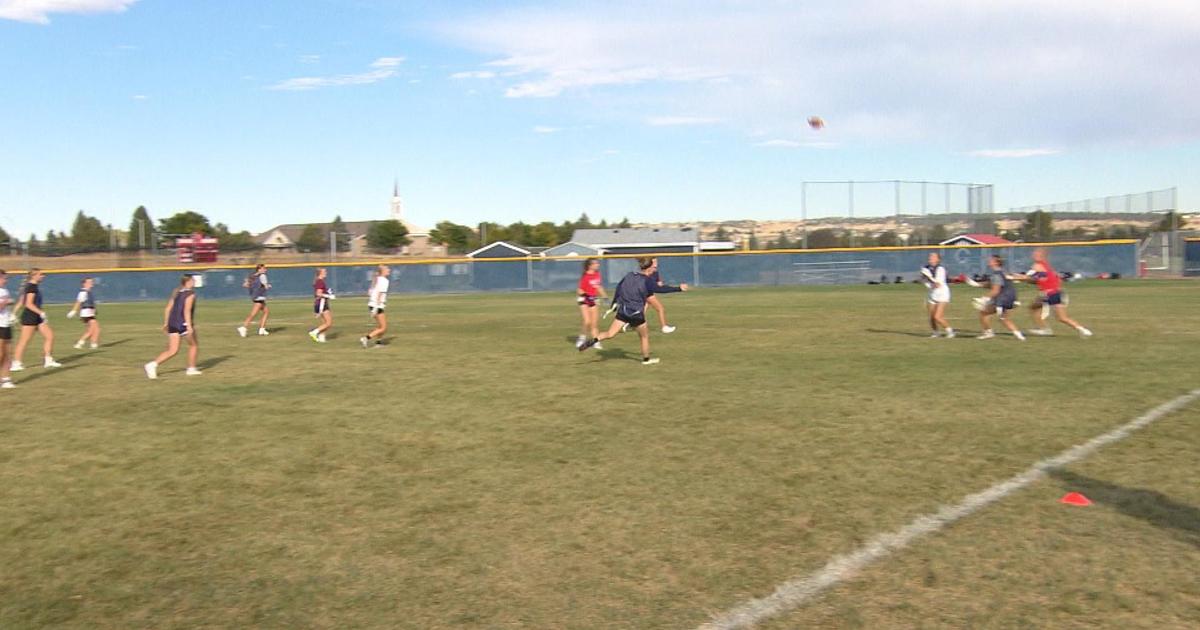Concerns Over Crumb Rubber Began In Denver A Decade Ago
By Mark Ackerman
DENVER (CBS4) - In February, the Environmental Protection Agency and Centers for Disease Control and Prevention launched a landmark study to try and determine if athletic fields made from recycled tires are safe.
But the initial concerns about what's commonly known as "crumb rubber" athletic fields were raised at the EPA field office in Denver a decade earlier.
Recent news reports have suggested carcinogens in crumb rubber fields may be linked to cancer cases in young athletes who played on crumb rubber fields. The Synthetic Turf Council maintains its products are safe and points to a number of studies that show no harmful effects.
RELATED: Turf Battle: The Controversy Over Crumb Rubber Playing Fields
The controversy dates back to 2006, with a series of phone calls from concerned parents in Colorado.
Dr. Mark Anderson, a pediatrician at Denver Health, took a call from a mother living in a mountain town, while working for the EPA's Pediatric Environmental Health Specialty Unit.
"She wanted to know if the use of this product on the playground where her kids played was safe," recalled Dr. Anderson. "She was seeing fibers collecting in the lint collector in the dryer."
Dr. Anderson did some research and could find no solid data. "There was not a lot known about crumb rubber and we couldn't really answer her question as to whether it's safe."
Then in Jan. 2006, Dr. Anderson published an article in the journal Environmental Health Perspectives entitled "A Case Study of Tire Crumb Use On Playgrounds: Risk Analysis and Communication When Major Clinical Knowledge Gap Exists." His commentary was the first to document how little is known about crumb rubber.
LINK: Dr. Anderson Crumb Study
Retired EPA toxicologist, Suzanne Wuerthele, said the EPA "didn't do their homework" before endorsing tire crumb for school yards.
While at the EPA's Denver field office, Wuerthele said it was "a major red flag" when she learned potentially hazardous tires were chopped into small particles making them easier to absorb.
"It fails the stupid test," she said. "You don't have to be a toxicologist to say this doesn't look right."
She took her concerns to EPA management and helped published a memorandum detailing the potential risks of crumb rubber, including: pulmonary toxicity due to respirable particulates and fibers; systemic toxicity due to inhalation of volatile organic compounds; systemic toxicity due to ingestion on heavy metals and dyes; and pulmonary sensitization to latex.
LINK: EPA Denver Memorandum
A decade later, the EPA and CDC are working together to try and settle the issue once and for all.
In response to a CBS4 inquiry, EPA spokesperson Laura Allen wrote, "While this effort won't provide all the answers the information will help answer some of the key questions that have been raised … and will provide better understanding of potential exposures that athletes and others may experience using these fields."
Allen said the EPA hopes to have some answers by the end of 2016.
"Is the EPA going to admit this is wrong?" asked Wuerthele. "The political piece of this, the embarrassment, is holding them back from taking action."
For now, Dr. Anderson has the same answer for parents that he did a decade ago.
"Right now, the answer is really the same. We just don't know," he said.
Mark Ackerman is a Special Projects Producer at CBS4. Follow him on Twitter @ackermanmark



